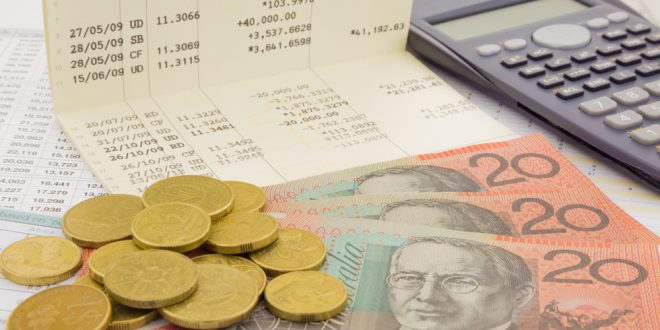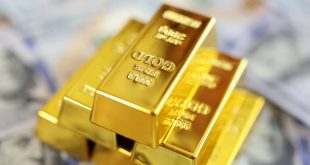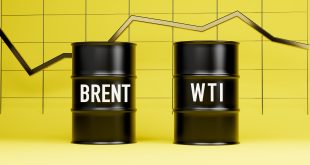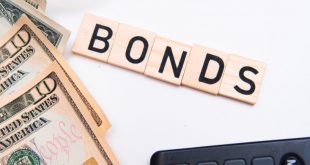The policy rate was maintained by the Reserve Bank of Australia at 3.60%. Inflation has reached its high, the labour market is still extremely tight, and additional tightening may be necessary, according to the RBA’s Statement.
The Reserve Bank of Australia kept interest rates constant on Tuesday, thus the AUD/USD pair is still available in the morning US session. Expectations that the cycle of rate hikes is nearing or has ended have been reinforced by the RBA’s milder stance regarding the necessity for more rate increases.
The currency pair is currently trading at 0.6753, down from the highs of 0.6793 by about 0.47%. It is noteworthy that the pair fell to as low as 0.6720 after the rate decision.
The US Dollar, which also fell on Tuesday in choppy trade, to a two-month low, halted the Australian Dollar’s loss. Recent US data has disappointed the bulls, supporting investor forecasts that the Federal Reserve’s own tightening cycle is almost complete.
On the statistical front, February saw the sharpest decline in US job opportunities in almost two years. Factory orders continued to decrease at the same time. Job openings, a measure of labour demand, decreased 632,000 to 9.9 million on the last day of February, the lowest since May 2021, according to the monthly Job Openings and Labour Turnover Survey, or JOLTS report.
US factory orders fell for a second consecutive month in February, falling 0.7% after falling 2.1% in January following a 1.7% increase in December. This information follows yesterday’s announcement by the Institute for Supply Management (ISM) that its Manufacturing PMI dropped to 46.3 last month. This decreased from 47.7 in February to the poorest since May 2020.
The Federal Reserve’s favoured inflation indicator, PCE figures from the previous week, were mixed. While the headline and core numbers were somewhat below expectations, the super core increased for the second consecutive month to 4.63% YoY, which is the highest level since October. The hawkish tilt in Fed statements will likely continue because this is not the way the Fed wants to go.
But, the rate futures market on Tuesday priced in an approximately equal likelihood of a 25 basis-point rate hike in May, with the remaining odds leaning towards a pause from the Fed. On Monday, there was a greater than 65% chance of a 25-bp increase. The money markets have also taken Fed rate decreases by the end of December into account. The dollar index hit a two-month low of 101.45 DXY in late morning trading, and it last traded down 0.39% at 101.64.
While the view that the RBA is nearing or has finished its cycle of rate increases is negative for the Australian currency, it is largely countered by wagers that other G10 central banks are at comparable points.
The prognosis for global growth, particularly for China’s economy, continues to be a bigger driver of the AUD. Our prediction for the Australian dollar to gain is supported by China’s economy continuing to completely reopen this year and by stronger growth there.

 Noor Trends News, Technical Analysis, Educational Tools and Recommendations
Noor Trends News, Technical Analysis, Educational Tools and Recommendations




